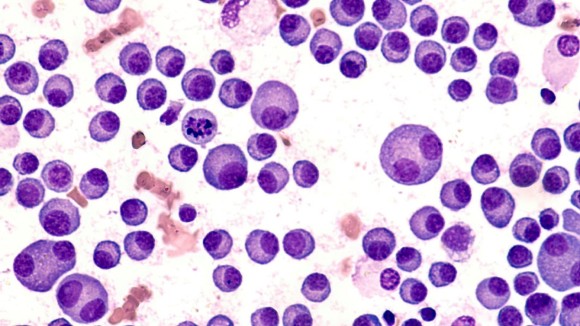 Irene Costantini is an Assistant Professor at the Department of Biology, University of Florence. Her research activity is focused on the three-dimensional reconstruction of intact neuronal networks, with cellular resolution, of the whole animal organs and human brain samples using light sheet fluorescence microscopy and two-photon fluorescence microscopy. To this aim, she is developing new clearing methods to obtain transparent sample that are macromolecule-permeable and compatible with fluorescence immunostaining. Dr Costantini has been an Editorial Board Member for Scientific Reports since 2022.
Irene Costantini is an Assistant Professor at the Department of Biology, University of Florence. Her research activity is focused on the three-dimensional reconstruction of intact neuronal networks, with cellular resolution, of the whole animal organs and human brain samples using light sheet fluorescence microscopy and two-photon fluorescence microscopy. To this aim, she is developing new clearing methods to obtain transparent sample that are macromolecule-permeable and compatible with fluorescence immunostaining. Dr Costantini has been an Editorial Board Member for Scientific Reports since 2022.
 Meltem Elitas is a Faculty Member at Sabanci University Mechatronics Program. Her research interests are phenotypic heterogeneity in cancer and infectious disease, single-cell microfluidic technologies, microfluidic high-throughput screening, biosensors, live-cell imaging, deep learning-based methods for single cell segmentation and quantification. Dr Elitas has been an Editorial Board Member for Scientific Reports since 2016.
Meltem Elitas is a Faculty Member at Sabanci University Mechatronics Program. Her research interests are phenotypic heterogeneity in cancer and infectious disease, single-cell microfluidic technologies, microfluidic high-throughput screening, biosensors, live-cell imaging, deep learning-based methods for single cell segmentation and quantification. Dr Elitas has been an Editorial Board Member for Scientific Reports since 2016.
 Anna N. Yaroslavsky is the Professor of Physics and Director of the Advanced Biophotonics Laboratory at the University of Massachusetts at Lowell. She is also a visiting scientist at the Department of Dermatology at the Massachusetts General Hospital. Her research focuses on the development of methods for light dosimetry and on multi-modal approaches for functional and structural characterization of biological tissues, as well as pathology detection and treatment. Prof Yaroslavsky has been an Editorial Board Member for Scientific Reports since 2019.
Anna N. Yaroslavsky is the Professor of Physics and Director of the Advanced Biophotonics Laboratory at the University of Massachusetts at Lowell. She is also a visiting scientist at the Department of Dermatology at the Massachusetts General Hospital. Her research focuses on the development of methods for light dosimetry and on multi-modal approaches for functional and structural characterization of biological tissues, as well as pathology detection and treatment. Prof Yaroslavsky has been an Editorial Board Member for Scientific Reports since 2019.

